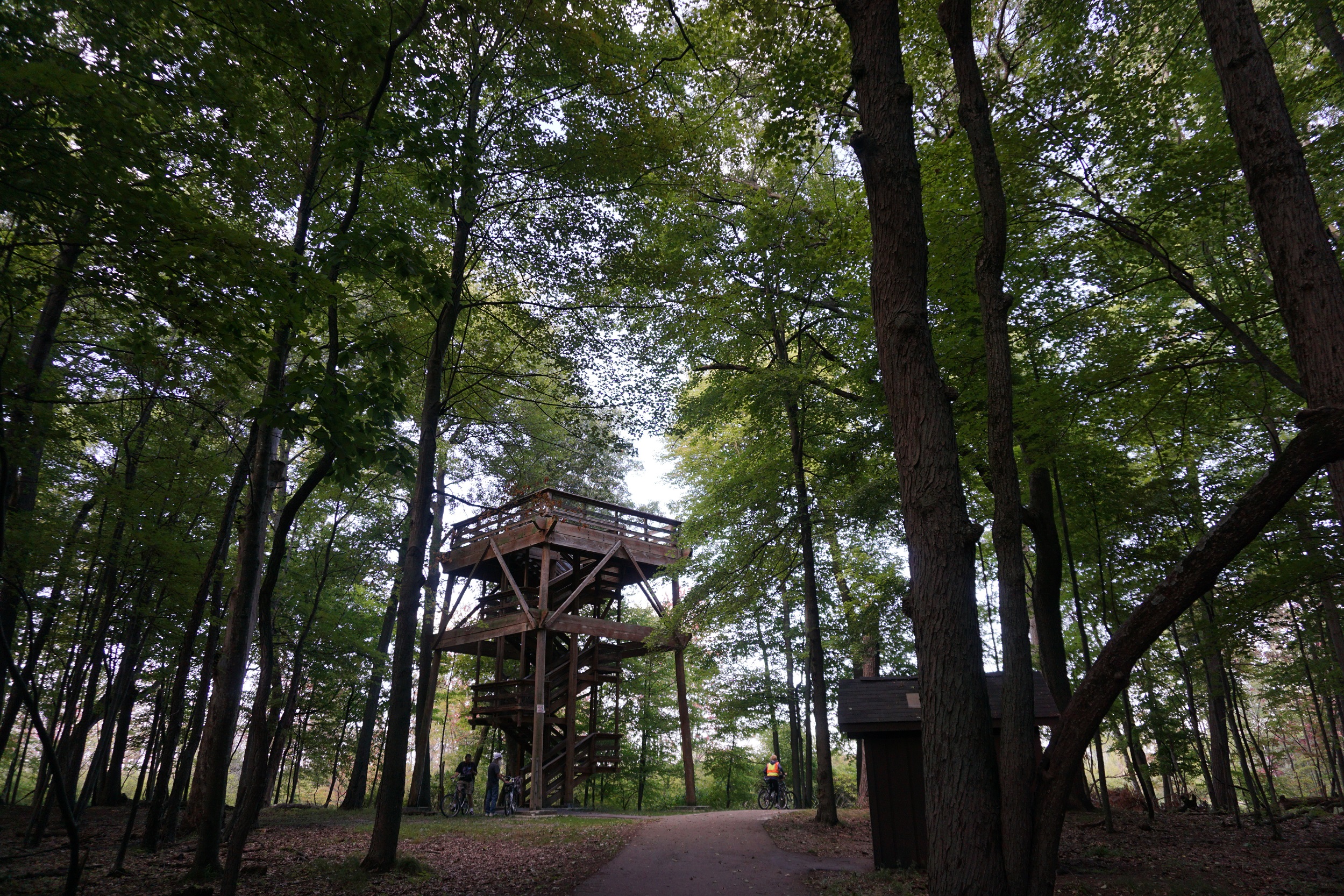By Erik Hopkins, staff reporter.
You’re probably thinking – didn’t I just read on Facebook that bees have unfortunately crossed over into the “endangered” territory? While seven species of bees have been added to the endangered list, bees as a class of insect have not been added to the endangered list.
On Sept. 30, the United States Fish and Wildlife Service released information that 10 species of animals have been added to the endangered list, seven of which being yellow-faced bees. They’ve now deemed them as protected under the endangered species act.
While the bees that buzz in our Michigan backyards aren’t on the endangered list yet, these are Hawaii’s only native bees – and adding seven to the endangered list is still a first for the United States.
The Xerces Society, state government officials and independent researchers, have been inducting a study for almost 10 years which is what tipped off the US Fish and Wildlife Service about Hawaii’s declining bee population. The Xerces Society says their goal is to protect nature’s pollinators and invertebrates, which obviously play a vital role in our ecosystem.
Bees are still in a certain type of danger, with their numbers decreasing yearly, according to new data released by the USDA.
“We clear land, put in plants that aren’t native to certain areas, have lots of pollution,” says Linda Petee, Delta’s Sustainability and Risk Management Coordinator, “And these are all things that hurt pollinators.”
In fact, bees were abundant up until the late 90’s, but have declined by 95 percent in the recent years, says the Xerces Society.
“United States honey production in 2015 from producers with five or more colonies totaled 157 million pounds, down 12 percent from 2014. There were 2.66 million colonies from which honey was harvested in 2015, down three percent from 2014,” says the USDA. However, stocks for producers were up three percent.
Popular Science, a monthly magazine about current science and technology, got in touch with Sarina Jepsen, Director of Endangered Species and Aquatic Programs at the Xerces Society.
“While it is not the only North American bumble bee that has undergone a dramatic decline, it represents one of the most well documented cases,” says Jepsen. “I think that the rusty patched bumble bee is representative of a larger trend.”
Delta is doing their job to help maintain bees importance in our ecosystem, and takes high priority in making sure they’re doing the right thing and taking care of our local pollinators.
“We at Delta are putting in plants that are native to our local community and our suited to our conditions, and we have adaptive landscaping that’s inviting to pollinators,” says Petee.
Delta identifies as a custom management campus, which means they want to be inviting to our bees and pollinators, says Petee.
To help encourage this, Delta employs integrated pest management services, they eliminate any harsh chemicals used for groundskeeping, and are currently working on new ways to raise awareness.
If bees ever go extinct, that means a lot for us as a world. According to BBC, British Broadcasting Corporation, a British public service broadcaster, they pollinate 70 of the around 100 crop species that feed 90% of the world, and honey bees are responsible for $30 billion a year in crops.
Not only that, but we may lose all the plants that bees pollinate, all of the animals that eat those plants and so on up the food chain. Our supermarkets would be able to put out half of the fruits and vegetables produce they do now, and our Earth couldn’t sustain its current population. Bees may be easy to forget about now, but they won’t be once we live in a world without them.

